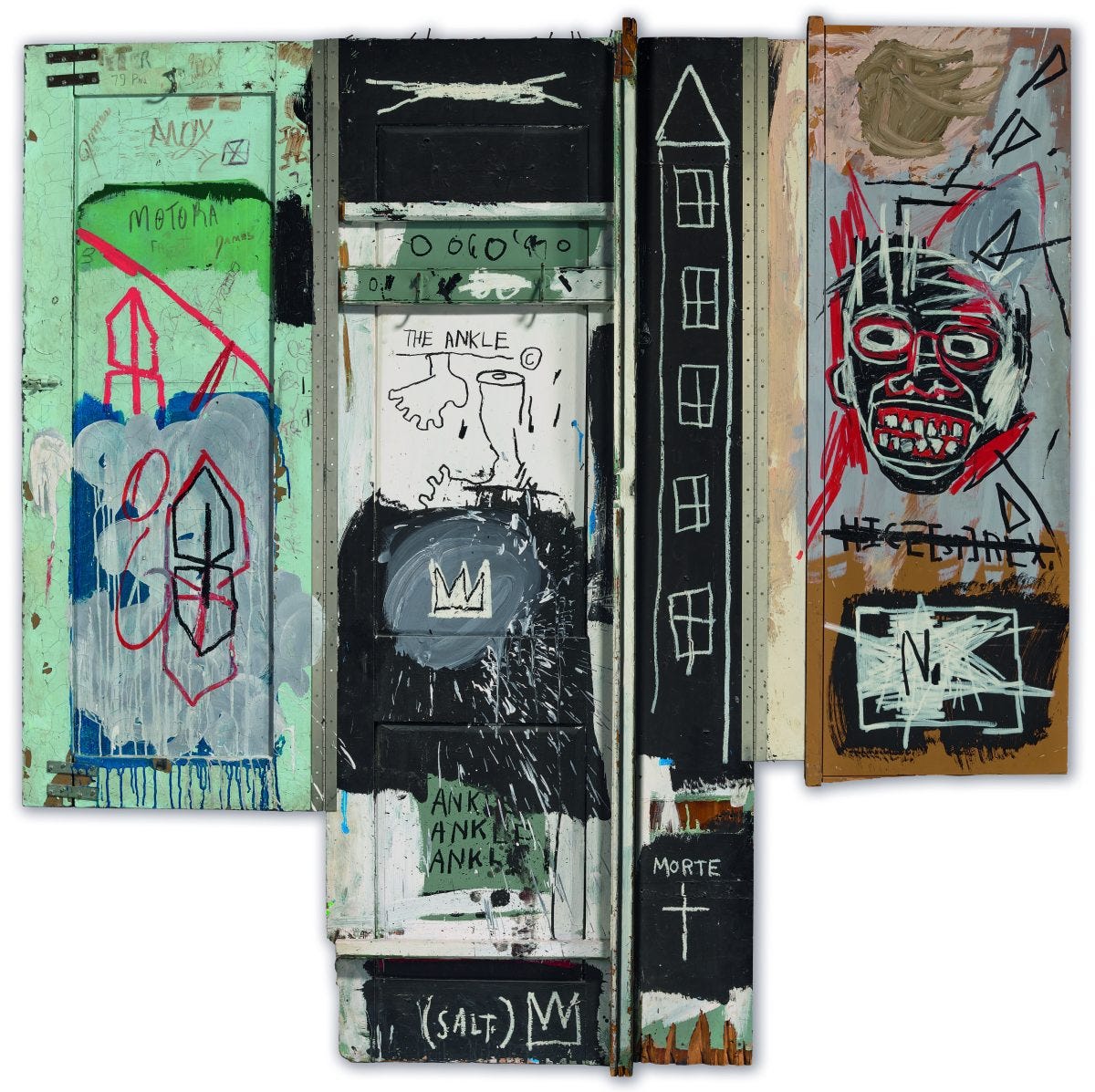A Market of Selectivity: What Sotheby’s London Sale Reveals About the Future of High-End Art
By Nina Orm, Founder & General Partner of The Agora Fund
This June, Sotheby’s Modern & Contemporary Evening Sale in London brought in £50.8 million with an 87% sell-through rate—solid on paper, but more revealing in context. The final tally marks a 25% decline from the same sale last year, a clear signal that while buyers are still present, they’re exercising caution.
Rather than a total retreat, we’re witnessing a recalibration. Collectors aren’t fleeing the market—they’re becoming more strategic, more discerning. In a post-pandemic, high-interest-rate, geopolitically uncertain world, even the ultra-wealthy are tightening their grip on the bidding paddle.
Let’s unpack what happened, what might be causing it, and what we believe it means for the future of the art market.
What Happened
Total sales came in at £50.8 million, down significantly from the previous year’s ~£68 million.
Sell-through rate stood strong at 87%, indicating most lots found buyers—but not at runaway prices.
Top performers included expected names: Joan Miró, Lucian Freud, Jean-Michel Basquiat.
High-end softness: While the mid-tier held steady, trophy works and speculative pieces struggled to find aggressive bidding.
Behind the scenes, what we’re really seeing is a market growing more mature. Or, perhaps more accurately—more cautious.
What Might Be Causing the Shift?
1. Liquidity Pressure Across Asset Classes
Even high-net-worth individuals are adjusting their portfolios in response to elevated interest rates, slower returns in private markets, and increased financial scrutiny. Art is a luxury asset—and in times of financial tightening, luxury becomes discretionary.
2. Flight to Proven Value
Buyers are turning toward stability. That means artists with institutional weight and historic relevance—not necessarily the trendiest names or the most aggressively marketed lots.
3. Geopolitical & Economic Volatility
The ripple effects of war in Europe, shifting political landscapes in the U.S. and Asia, and a fragile global economy have created a broader mood of uncertainty. In volatile times, investment behavior becomes more defensive—art included.
4. Market Fatigue at the Top
Years of speculation, over-inflated estimates, and excessive flipping—especially in the high-end segment—have led to fatigue. Collectors are no longer blindly bidding on hype. The top of the market is recalibrating toward fundamentals.
Keep reading with a 7-day free trial
Subscribe to Creativity Meets Capital to keep reading this post and get 7 days of free access to the full post archives.



